
Rainer Regimental Museum Salzburg
Rainer Museum
Rainer Regiment
Tickets, Approach
Hohensalzburg
Salzburg
Foto © Christian Jarolim | rrms.at
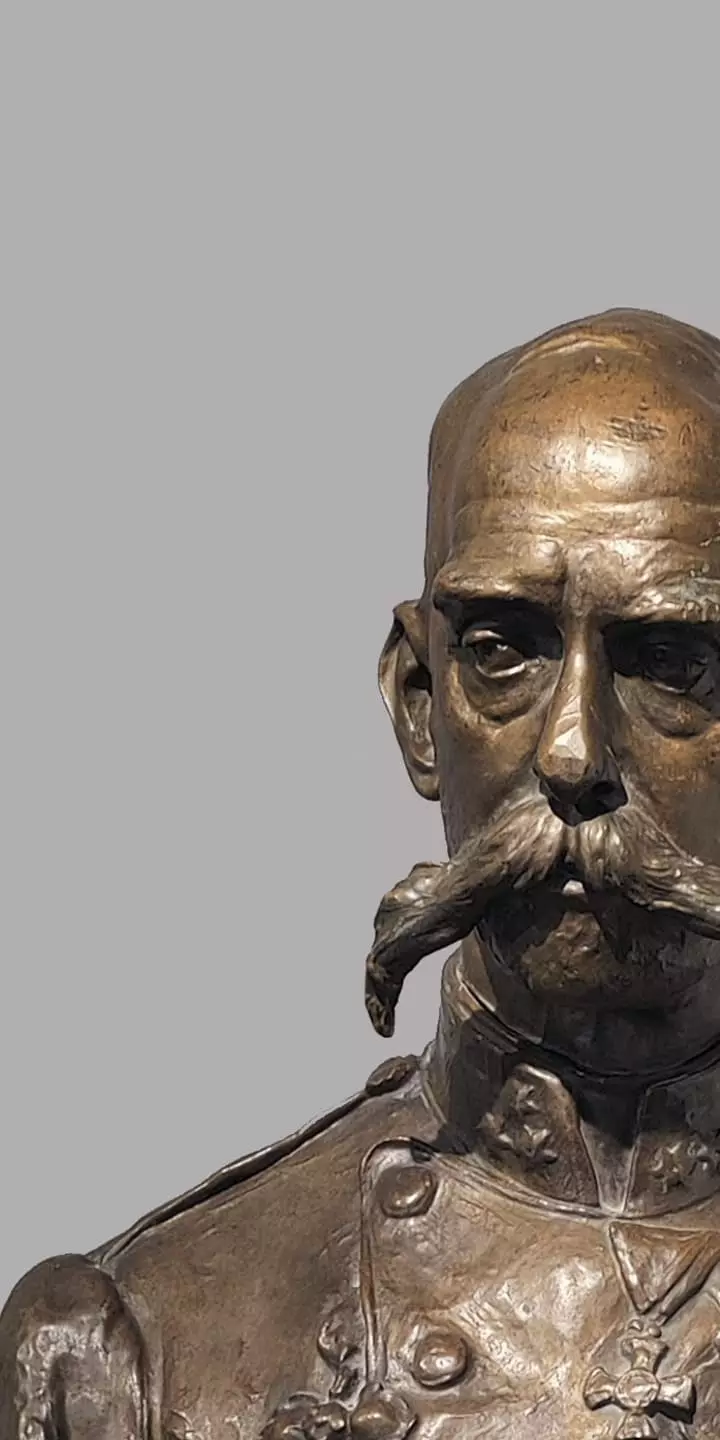
Foto © Christian Jarolim | rrms.at
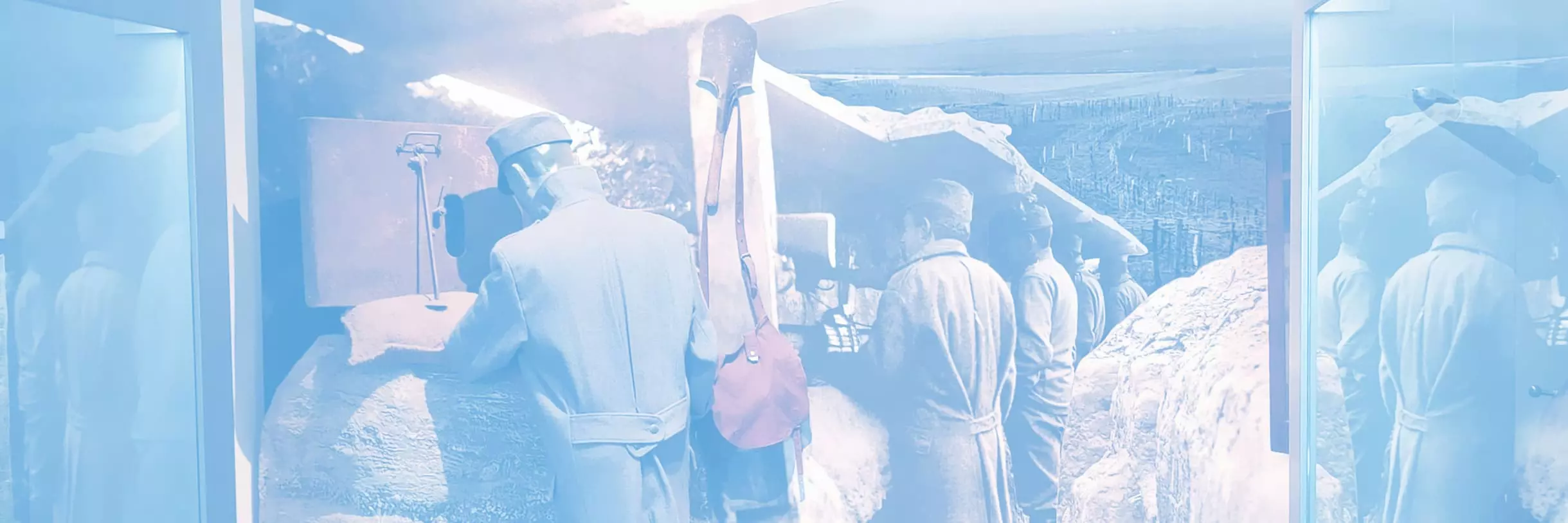
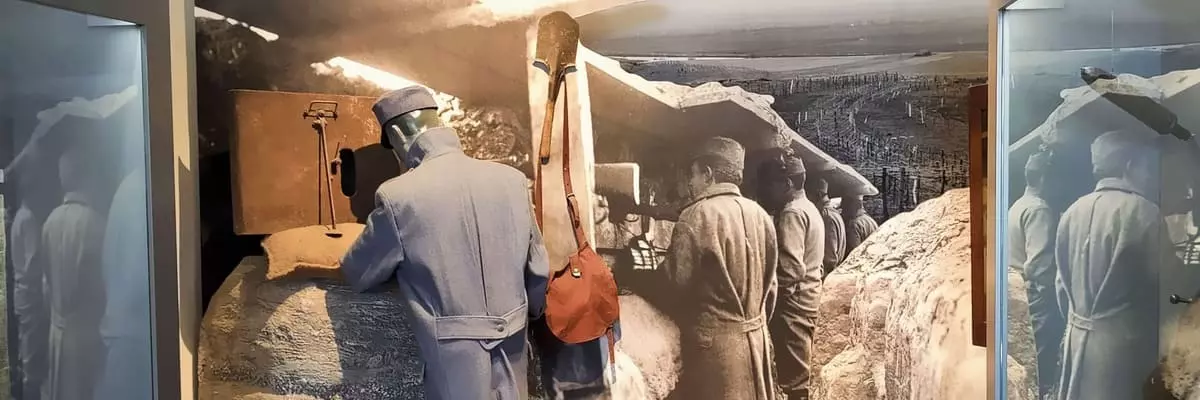
Rainer museum
The Rainer Regimental Museum Salzburg, located in the Hohensalzburg Fortress, offers with its collection of artifacts, uniforms, and historical documents a fascinating insight into the tradition and heritage of the Rainer Regiment, the former Salzburg home regiment of the k.u.k. Infantry Regiment No. 59 “Archduke Rainer”.
Foto © Christian Jarolim | rrms.at
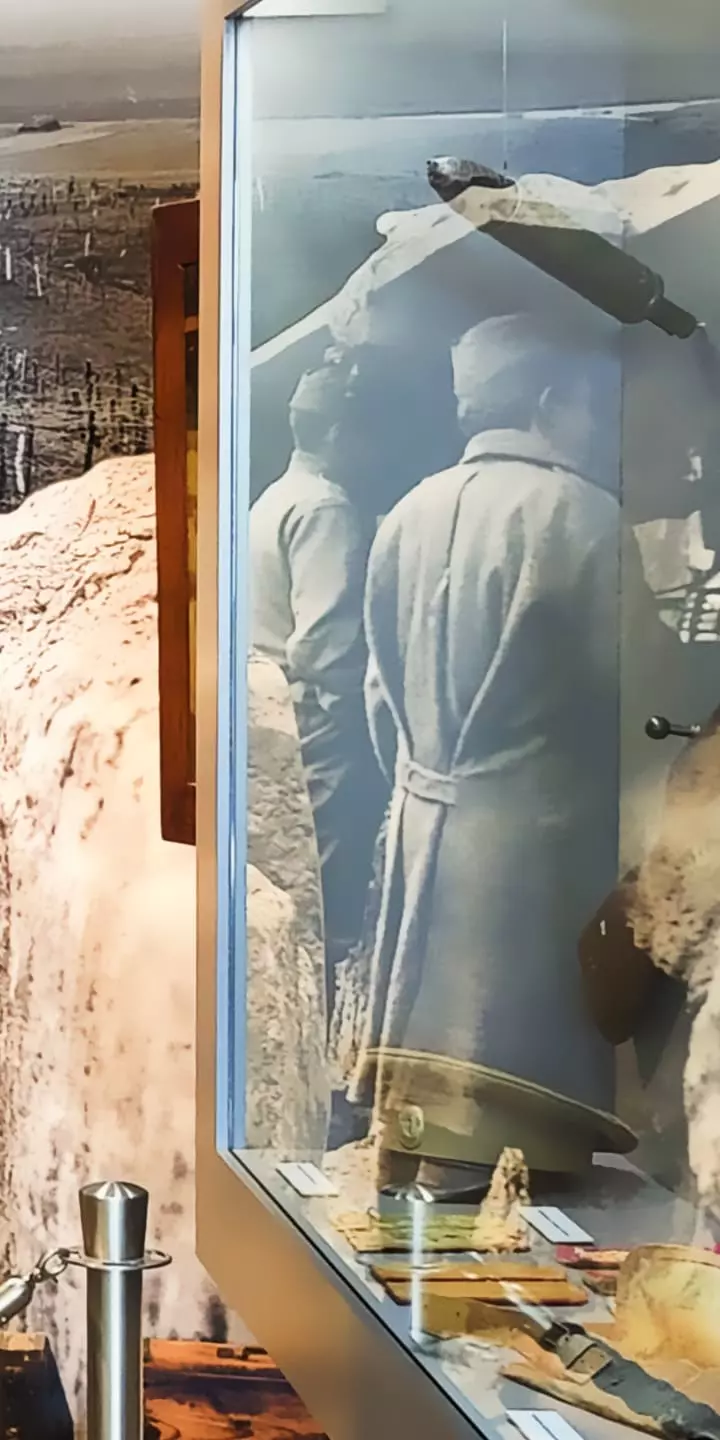
Rainer Museum
The Rainer Regimental Museum Salzburg, located in the Hohensalzburg Fortress, offers with its collection of artifacts, uniforms, and historical documents a fascinating insight into the tradition and heritage of the Rainer Regiment, the former Salzburg home regiment of the k.u.k. Infantry Regiment No. 59 “Archduke Rainer”.
Foto © Christian Jarolim | rrms.at


RAINER REGIMENT
Established in 1682 as the “Imperial German Regiment Beckh on foot” in response to the threat from the Turks, the now “k.u.k. Infantry Regiment No. 59” was permanently relocated to the city of Salzburg from the Archduchy of Upper Austria in 1816. As a supplementary area, it covered the territory of the Duchy of Salzburg, the Innviertel, and the Hausruckviertel, thus becoming the Salzburg home regiment.
In 1852, Archduke Rainer became the new regiment owner. After his death, H.M. Emperor Franz Josef I awarded the regiment the name “Archduke Rainer” due to its services for perpetual times.
Picture “Storm on the blown-up Cimone peak” (1917) by Karl Reisenbichler
Foto © Christian Jarolim | rrms.at

RAINER REGIMENT
Established in 1682 as the “Imperial German Regiment Beckh on foot” in response to the threat from the Turks, the now “k.u.k. Infantry Regiment No. 59” was permanently relocated to the city of Salzburg from the Archduchy of Upper Austria in 1816. As a supplementary area, it covered the territory of the Duchy of Salzburg, the Innviertel, and the Hausruckviertel, thus becoming the Salzburg home regiment.
In 1852, Archduke Rainer became the new regiment owner. After his death, H.M. Emperor Franz Josef I awarded the regiment the name “Archduke Rainer” due to its services for perpetual times.
Picture “Storm on the blown-up Cimone peak” (1917) by Karl Reisenbichler
Foto © Christian Jarolim | rrms.at

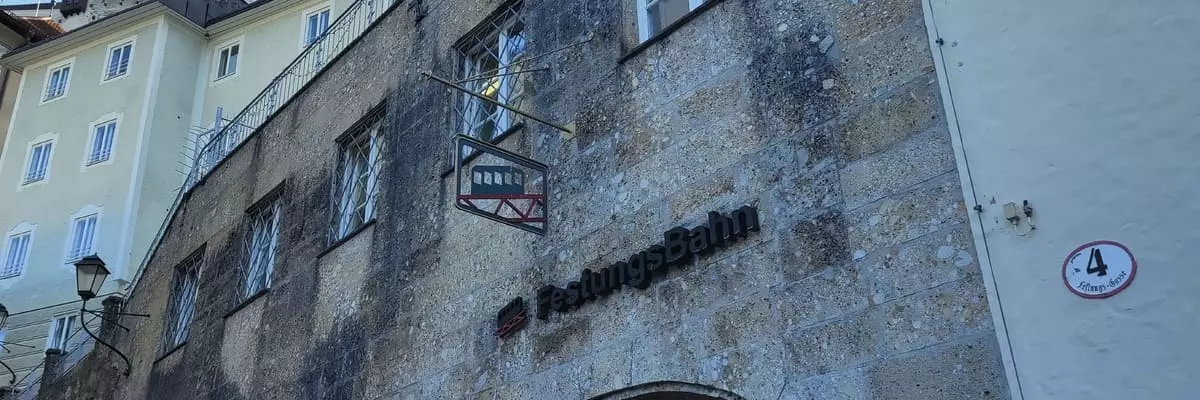
Tickets, Approach
Starting at Festungsgasse 4: You can reach the fortress via the Festungsgasse either very quickly and comfortably by the funicular or on foot with magnificent views of Salzburg’s old town.
Admission to the Rainer Museum is included in the Fortress Ticket – You can get your ticket online, at the fortress railway counter, or on the footpath when entering the fortress.
Foto © Christian Jarolim | rrms.at
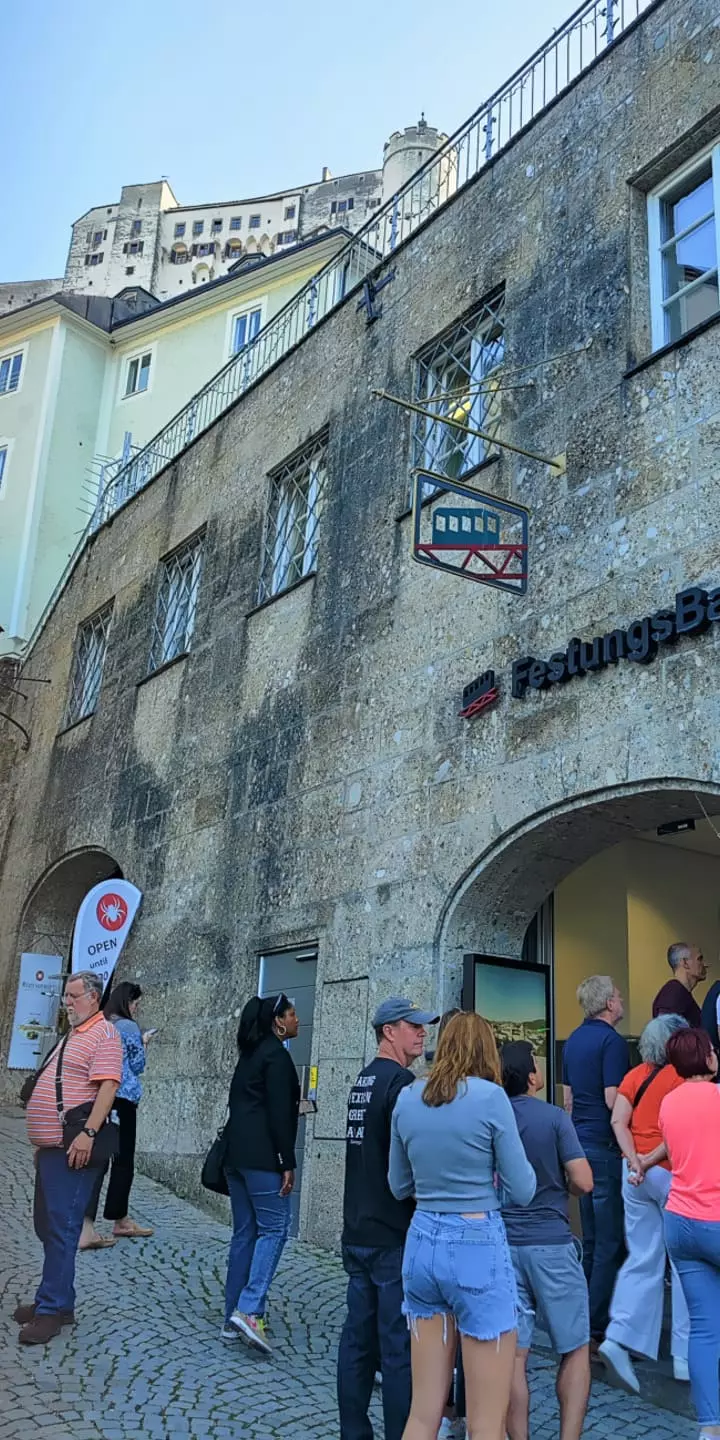
Tickets, Approach
Starting at Festungsgasse 4: You can reach the fortress via the Festungsgasse either very quickly and comfortably by the funicular or on foot with magnificent views of Salzburg’s old town.
Admission to the Rainer Museum is included in the Fortress Ticket – You can get your ticket online, at the fortress railway counter, or on the footpath when entering the fortress.
Foto © Christian Jarolim | rrms.at
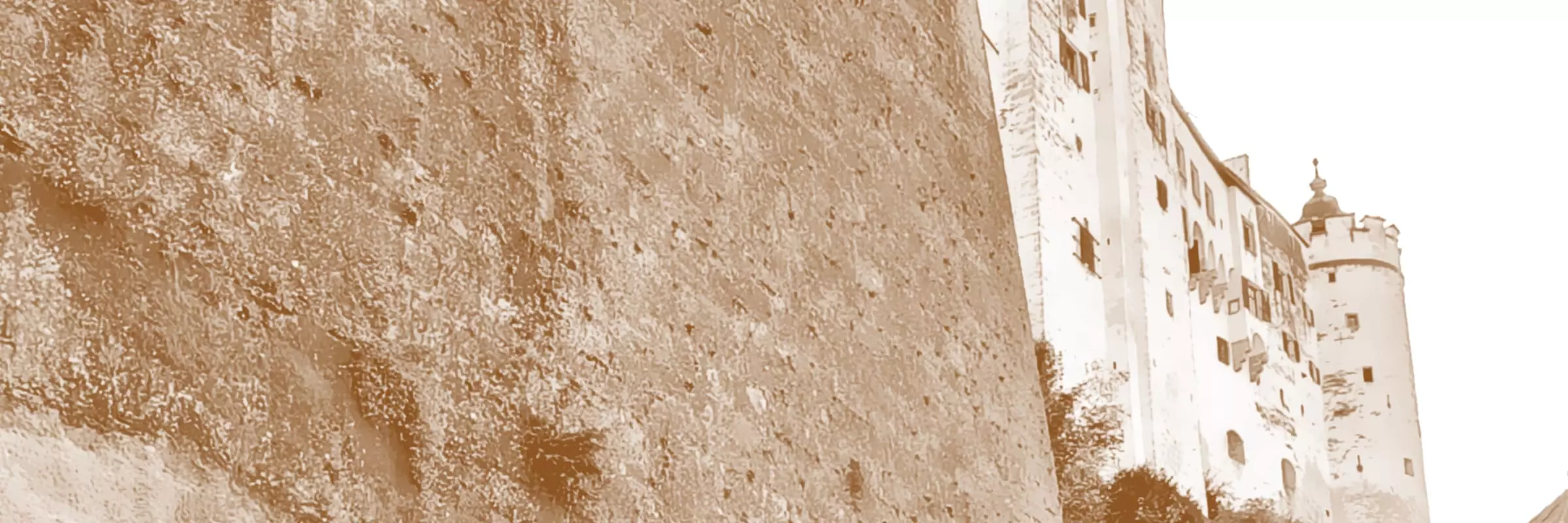
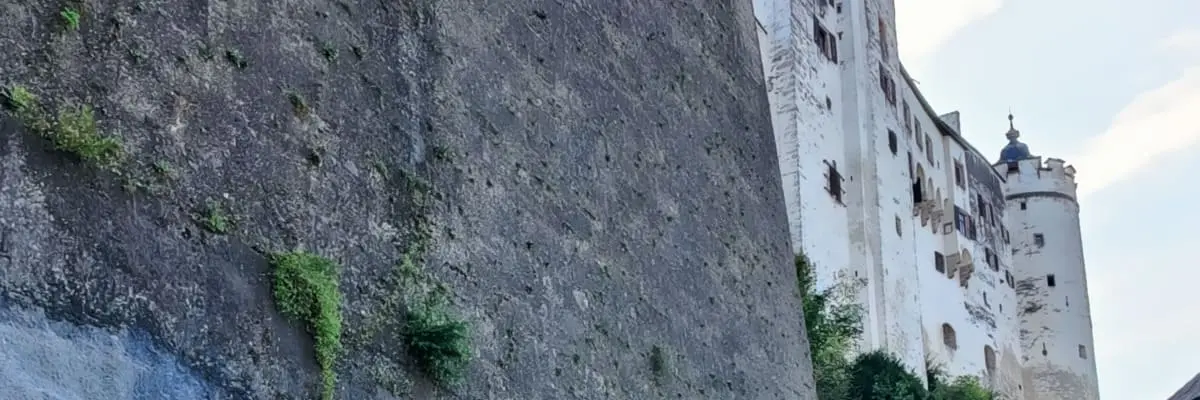
Hohensalzburg
Since its foundation in the 11th century, the Hohensalzburg Fortress has been expanded from a residential tower, a dwelling house, a small church, and a ring wall into a fortress complex covering over 14,000 m2 with its bastions – one of the largest in Central Europe. The facility has not been used as a fortress since 1861 and served the Rainer Regiment as a barracks from 1912 to 1914.
Today, Hohensalzburg Fortress is the third most visited attraction in Austria after Schönbrunn and the Kunsthistorisches Museum in Vienna.
Foto © Christian Jarolim | rrms.at
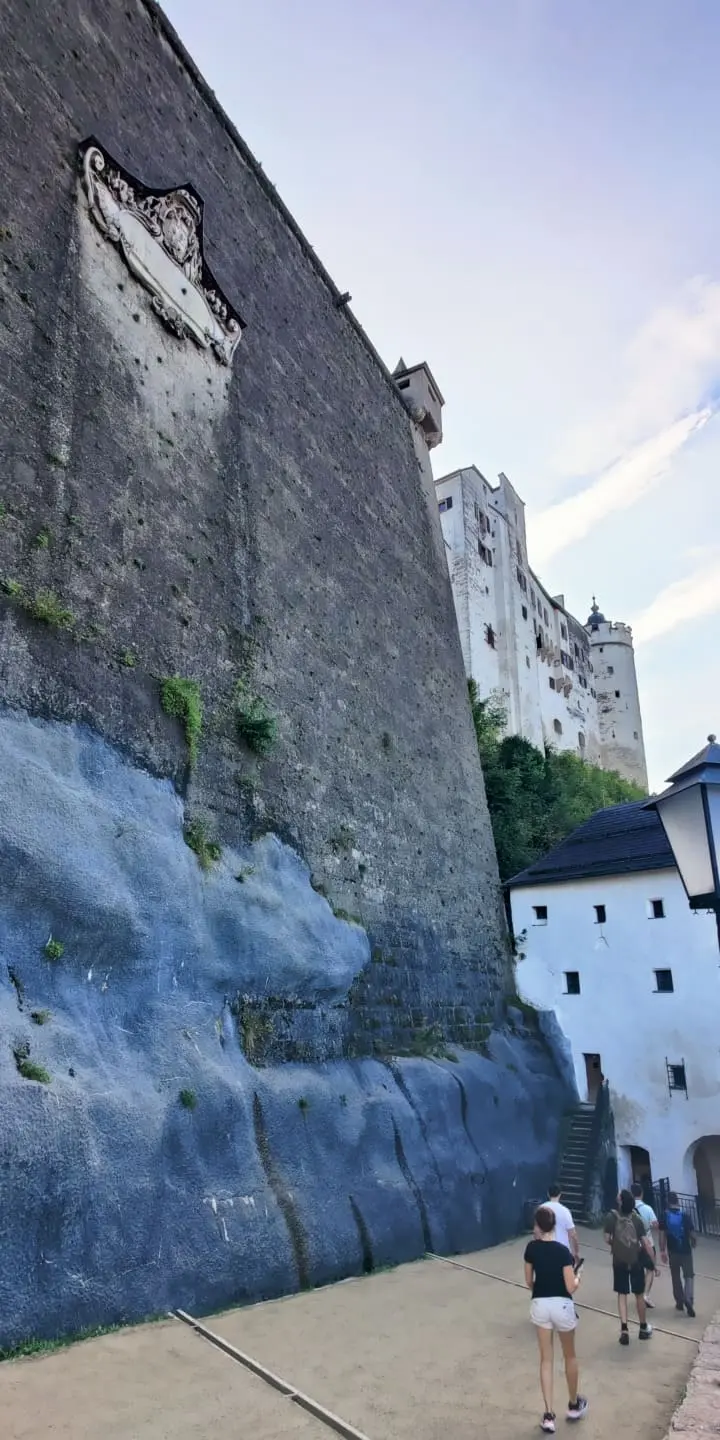
Hohensalzburg
Since its foundation in the 11th century, the Hohensalzburg Fortress has been expanded from a residential tower, a dwelling house, a small church, and a ring wall into a fortress complex covering over 14,000 m2 with its bastions – one of the largest in Central Europe. The facility has not been used as a fortress since 1861 and served the Rainer Regiment as a barracks from 1912 to 1914.
Today, Hohensalzburg Fortress is the third most visited attraction in Austria after Schönbrunn and the Kunsthistorisches Museum in Vienna.
Foto © Christian Jarolim | rrms.at
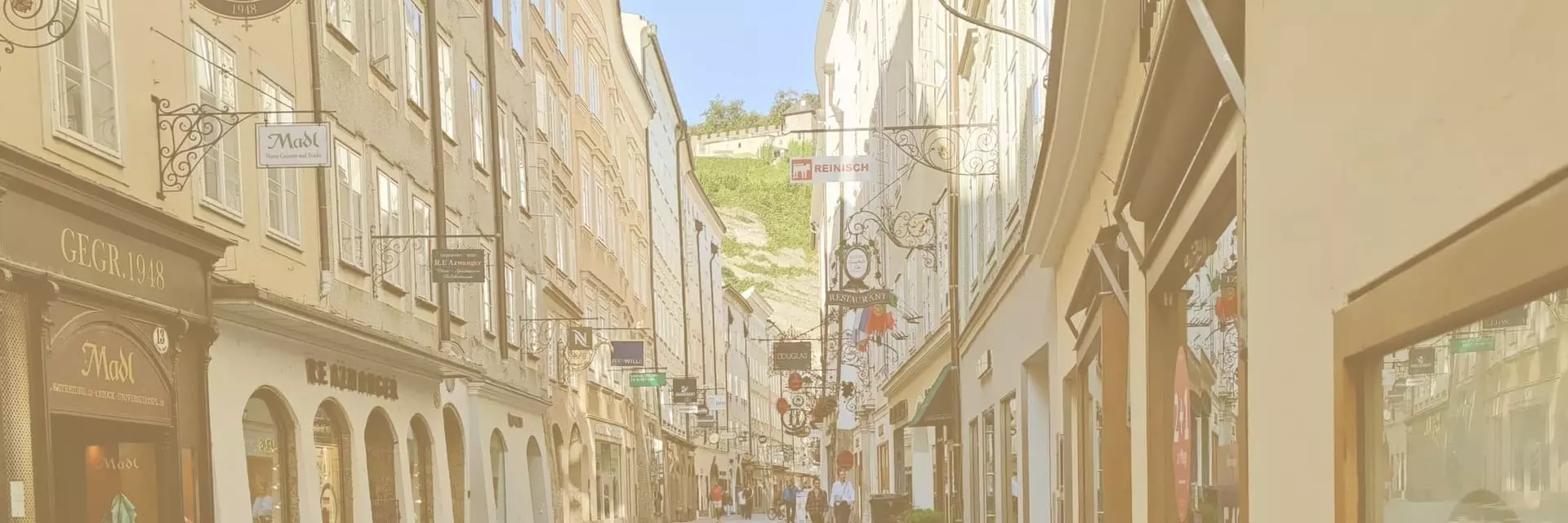
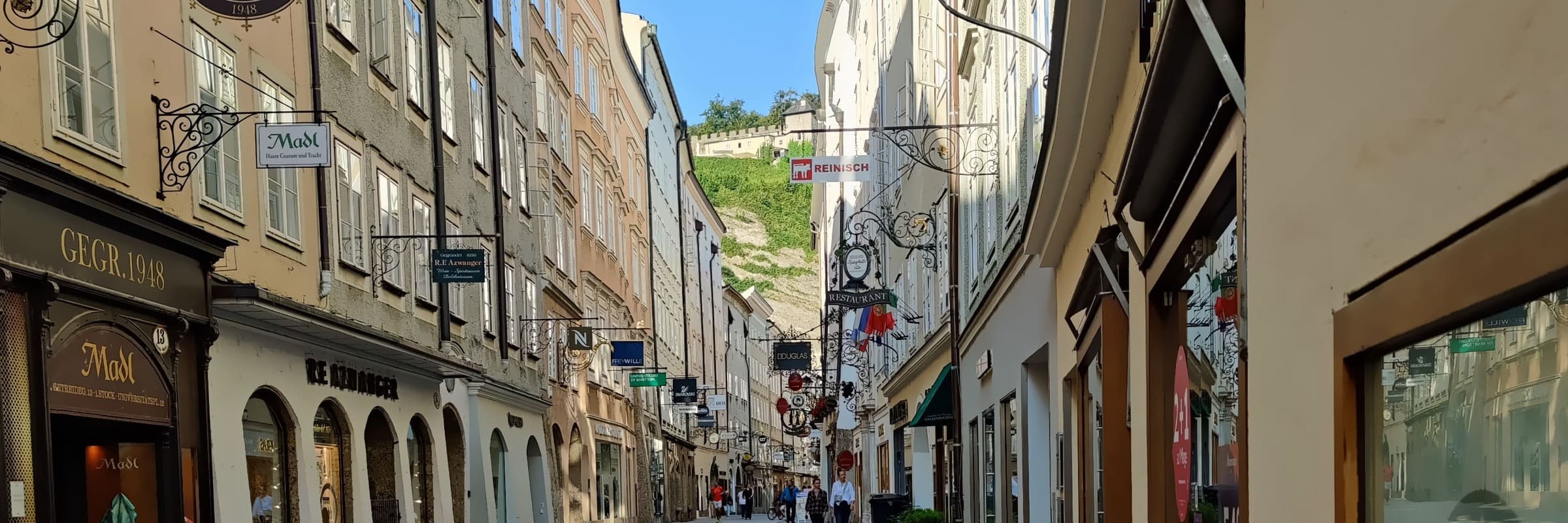
salzburg
Salzburg has been a UNESCO World Heritage Site since 1996 due to its historical buildings, its cultural offerings, and its scenic features, making it one of the most sought-after tourist destinations worldwide.
Salzburg was the seat of the Archbishop for almost 1000 years until 1803 when Napoleon Bonaparte ordered it to be secularized into an Electorate. After the withdrawal of the French, it then became part of Austria and became the home of the k.u.k. Infantry Regiment No. 59.
Foto © Christian Jarolim | rrms.at
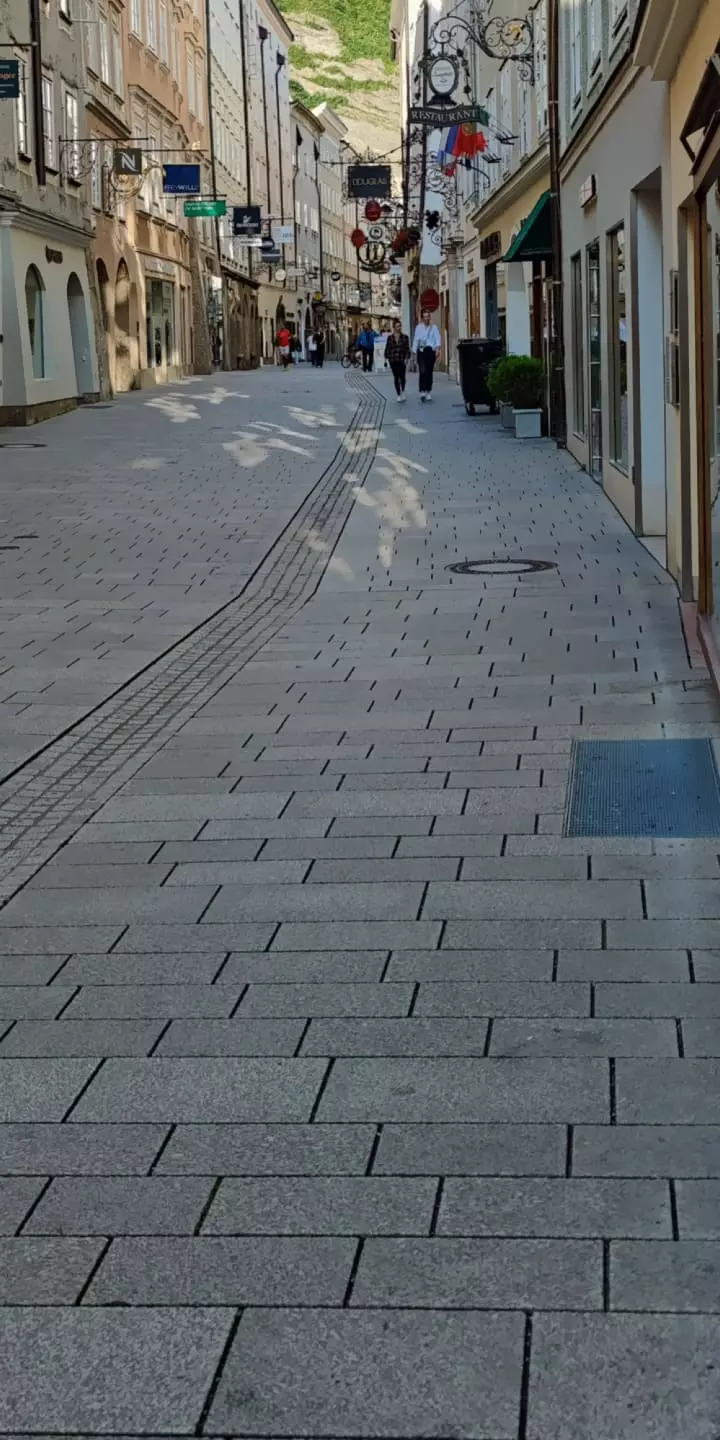
salzburg
Salzburg has been a UNESCO World Heritage Site since 1996 due to its historical buildings, its cultural offerings, and its scenic features, making it one of the most sought-after tourist destinations worldwide.
Salzburg was the seat of the Archbishop for almost 1000 years until 1803 when Napoleon Bonaparte ordered it to be secularized into an Electorate. After the withdrawal of the French, it then became part of Austria and became the home of the k.u.k. Infantry Regiment No. 59.
Foto © Christian Jarolim | rrms.at